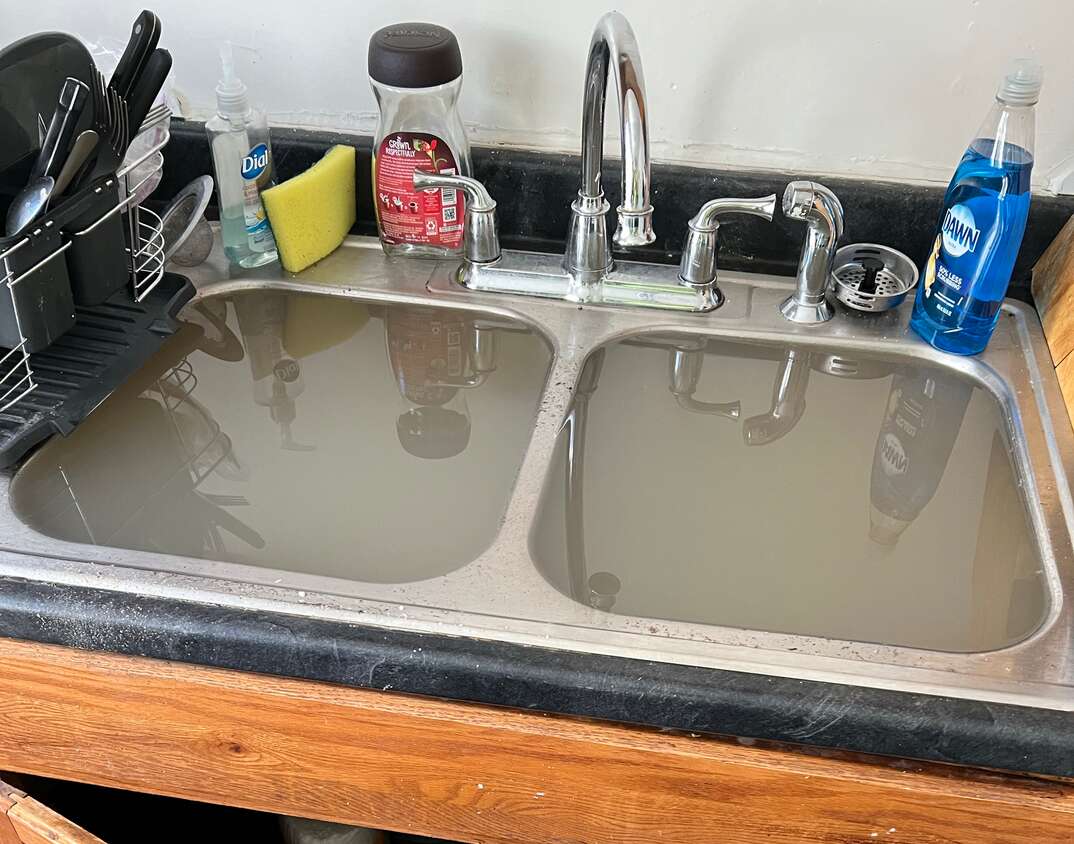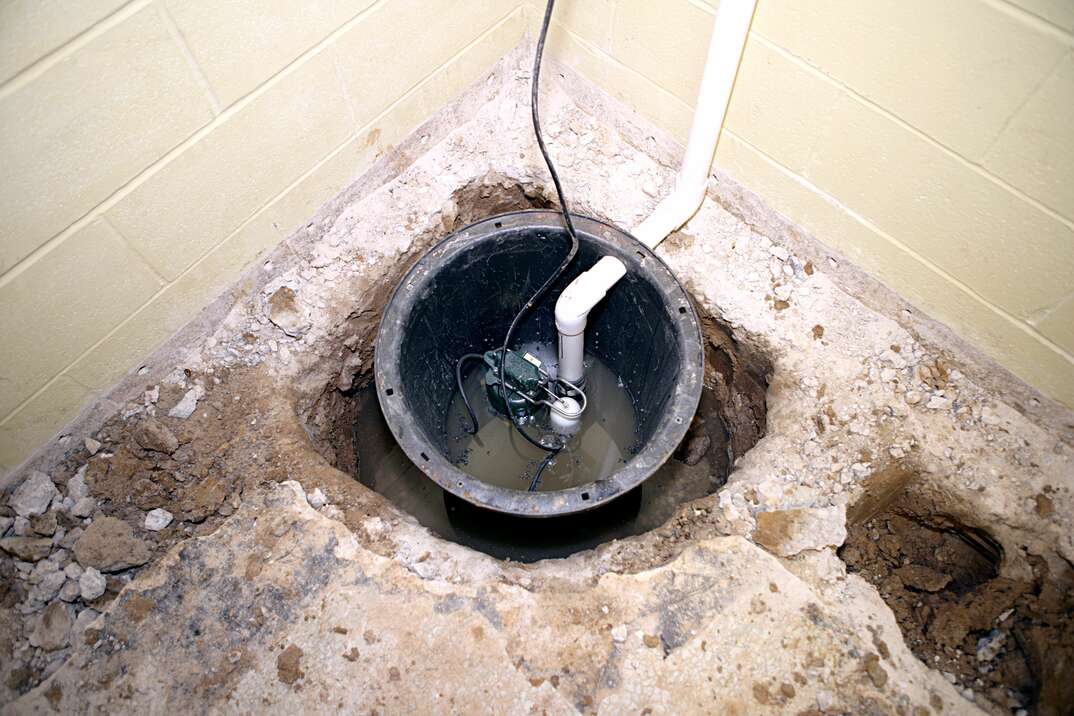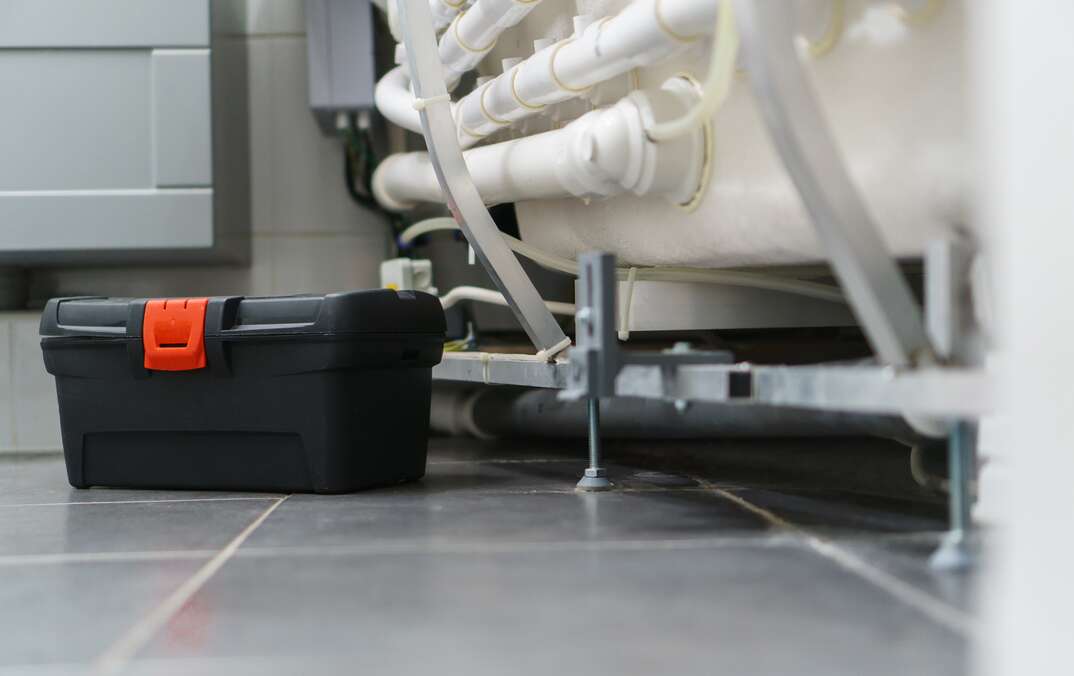What to Do When Your Sewer Backs Up

There’s no question that a sewer backup is a major concern for any homeowner. It’s a stinky, messy and expensive problem that also poses a safety risk to anyone in the home. Needless to say, you’ll want to avoid a sewer line drainage issue at all costs.
This May Also Interest You: Top 3 Signs You Have Septic or Sewer Issues
Luckily, there are several signs that your sewer line is malfunctioning before things get truly backed up.
3 Signs Your Sewer Is Backed Up
Wastewater Overflow
The tell-tale sign of a main sewer line backup is when wastewater is overflowing in toilets, sink drains and floor drains all at once. Many times, what looks like a backup is simply a clogged drain. But, while a clog in your plumbing system may only affect one or even a few drains at a time, a main sewer line backup will cause all the drains and other plumbing fixtures to overflow.
Standing Water Outside
Although wastewater overflowing inside your home is a sure sign that you’ve got a sewer line backup, there are other signals that you’ve got a potential issue before things get to that point. For example, if you have areas of standing water on your property, especially during dry periods where no rain has occurred, it might point toward sewer line issues. If the water seems to bubble up from the ground and has a foul smell, you’ll certainly want to tackle the problem before it gets worse — the wastewater backs up into your home.
Sewage Smell in Your Home
Another indication you’ve got sewer line issues is the persistent smell of sewage in your home. While the smell is unlikely to go unnoticed, it’s important that you take steps to fix the problem before it gets worse. In other words, don’t try and cover up the smell with the hopes that it will go away eventually. You may notice that the smell coincides with air bubbles coming up through drains and toilets during use. This means that the wastewater is having issues flowing out of your plumbing system, and a sewage backup is imminent.
More Related Articles:
- Never Flush These 11 Things Down Your Toilet
- Can You Pour Cooking Grease Down the Drain? No. Here’s Why
- 8 Things You Should Never Put Down the Garbage Disposal (and 5 Things You Can)
- What’s a Fatberg? (Spoiler: It’s as Gross as It Sounds)
- How Often Should I Pump My Septic Tank?
What to Do if You Have a Sewer Backup
If you suspect the potential for a sewer line backup, you’ll want to act as quickly as possible and have the line repaired. Because of the difficult and potentially hazardous nature of the job, it’s recommended that you call a licensed plumber to repair the line for you.
When sewage is overflowing in your home, not only is it a foul, smelly mess, but it can also be a health risk to those exposed. What’s more, standing water in your home can quickly lead to costly water damage, so it’s important to take steps to both protect yourself and your family, and clean the mess up as quickly as possible.
Clean Up!
When standing water is present — especially standing sewage — you’ll want to act immediately. For one, sewage is a biohazard, so it can make you and those exposed sick. That’s why your first course of action during a sewage line backup is to make sure you stay away from the raw sewage until proper safety procedures are taken. Keep children and pets away from the affected areas, and be sure to wear a respirator mask and other forms of personal protective equipment before coming in contact with the water.
In the event of a sewer line backup, you’ll need to complete two main tasks: Clean up the mess to mitigate any further damage to your home, and get the line repaired as soon as possible. If the mess is small — for example, maybe your drains only overflowed slightly — you can probably handle the cleanup yourself using a wet-dry vacuum and disinfectant. A wet-dry vac can be used to suck up around a few inches of water, but if you’ve experienced an overflow of anything larger, you’ll likely want to hire a restoration company to get started on the cleanup process as soon as possible. Standing sewer water and humid conditions are a perfect environment for mold growth, so acting quickly is of the utmost importance. Bear in mind that in many sewer overflow cases, carpet, wood flooring and drywall will likely have to be discarded and replaced altogether.
Next Steps
Once the water and sewage have been removed from the equation (meaning the presence of moisture has been eliminated and any damage has been dealt with), it’s time to identify and repair the cause of the sewer backup.
Truth is, there’s no single cause of sewer line malfunction. A sewer line can succumb to soil shifting and tree root infiltration, leading to crushed and broken piping. The age of your sewer line can also play a crucial role here, too, as normal pipe deterioration can lead to blockages as well. In order to identify the problem correctly, you’ll need to hire a licensed plumber.
Sewer Line Backup Prevention
It goes without saying that you probably want to do everything in your power to keep your sewer line from malfunctioning. Luckily, there are several ways to make sure you’re doing your part. For example, if you live in an older home, you’ll want to make sure that your sewer pipes are inspected every few years to determine their integrity. An inspection can detect early signs of trouble, and you’ll be able to make any necessary repairs before an expensive backup occurs.
Sewer line awareness is key to ensuring your sewer system is functioning as it should. With semi-regular inspections and by keeping an eye (and nose!) out for any signs of sewer issues, you can catch potential sewer issues before they get out of hand.


